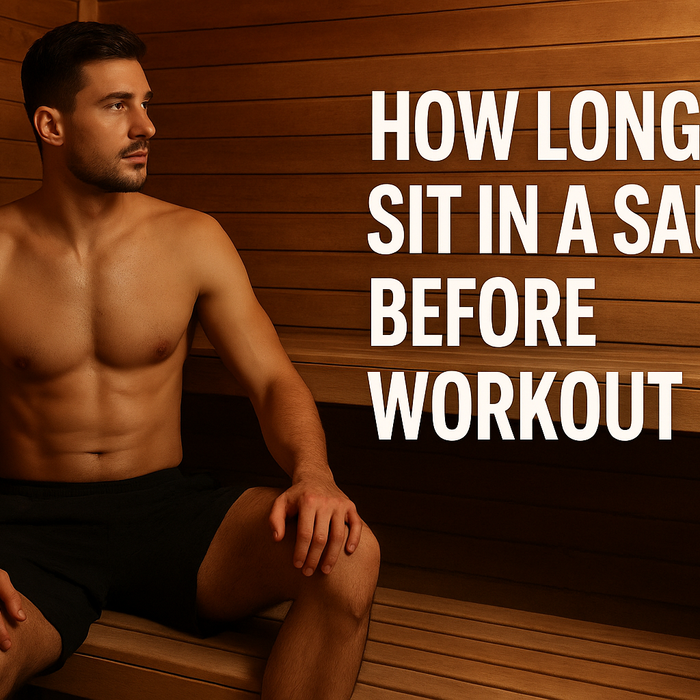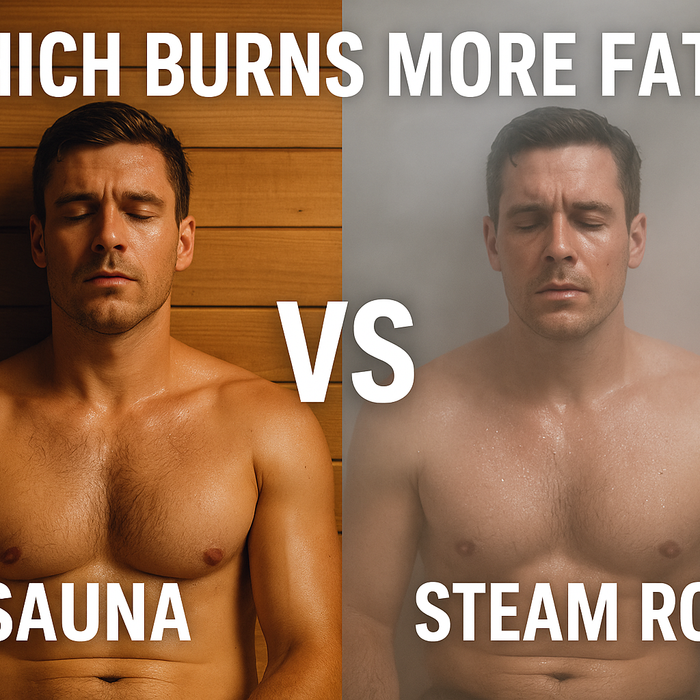A cold plunge can be a powerful recovery tool, but to get the most from your investment, it’s essential to maintain clean, healthy water. Proper maintenance ensures a sanitary environment, extends the life of your equipment, and delivers the refreshing, crystal-clear experience you expect. In this guide, we’ll walk you through exactly how to keep your cold plunge clean and safe year-round.
Why Maintenance Matters
Unlike hot tubs, cold plunges aren’t kept at bacteria-killing temperatures. This means cleanliness must be managed through filtration, sanitization, and regular maintenance. Poor water hygiene can lead to:
- Bacterial buildup
- Cloudy or smelly water
- Algae growth
- Filter clogs and reduced water flow
- Shorter equipment lifespan
Regular upkeep protects both your health and your investment.
Daily, Weekly, and Monthly Maintenance Checklist
Use this simple schedule to stay on top of your cold plunge hygiene:
✅ Daily
- Skim debris with a net or hand scoop
- Check water clarity and smell
- Wipe down surfaces if needed
✅ Weekly
- Check and clean the filter
- Balance pH and alkalinity if using a sanitizer
- Wipe inside walls with a non-abrasive cloth
- Rinse the pre-filter (if applicable)
✅ Monthly
- Replace or deep clean the filter cartridge
- Inspect the pump, hoses, and connections
- Check the ozone or UV system function
- Top off or partially drain and refill the water
Ozone vs UV: Which Is Better?
Many premium cold plunges use built-in ozone or UV purification systems—or both. Here's how they compare:
🌬️ Ozone
- Injects ozone gas into the water to oxidize contaminants
- Effective against bacteria, viruses, and organic matter
- Requires a working injector and air pump
🔆 UV
- Uses ultraviolet light to sterilize water as it passes through
- Destroys bacteria and viruses but doesn’t remove debris
- Requires bulb replacement every 12–18 months
Verdict: Ozone is better for full-spectrum sanitation, while UV is a great non-chemical complement. For best results, use both in tandem.
Filter Types and Replacement Tips
Your filter is the first line of defense against cloudy, debris-filled water. There are several types of filters used in cold plunge systems:
-
Cartridge Filters: Most common; easy to rinse or replace
-
Pre-Filters: Captures hair and larger debris before it reaches the main filter
-
Inline Filters: Built into hoses or plumbing lines
How Often Should You Replace Filters?
- Rinse weekly under running water
- Replace every 1–3 months depending on usage
- More frequent changes for outdoor or high-use tubs
Natural Sanitizers vs Chemicals
While cold plunge water is usually changed more often than hot tub water, sanitizers can still help extend the time between full water changes.
🌿 Natural Options
- Hydrogen peroxide (food grade)
- Mineral purifiers
- Essential oil-based sanitizers (ensure they are system-safe)
🧪 Chemical Options
- Bromine (less odor than chlorine)
- Dichlor (low pH chlorine granules)
Note: Always follow manufacturer recommendations before adding any product to your cold plunge.
Common Issues and How to Fix Them
🌫️ Cloudy Water
- Cause: Dirty filter, body oils, poor circulation
- Fix: Clean or replace filter, add sanitizer, or partial drain
💚 Algae Growth
- Cause: Warm outdoor temperatures, infrequent cleaning
- Fix: Deep clean, shock with sanitizer, rinse filters, use cover
👃 Bad Smell
- Cause: Bacteria, organic buildup
- Fix: Sanitize, scrub inside, change water
When to Replace the Water
Even with great filtration and sanitization, you’ll still need to replace your cold plunge water periodically:
- Every 2–4 weeks for daily use (especially outdoors)
- Monthly for light or indoor use
- Immediately if water smells, looks cloudy, or feels oily
Use a siphon or drain valve to empty the tub, then scrub it clean with a soft cloth and refill with fresh, filtered water.
Final Thoughts
Routine maintenance is the secret to safe, refreshing cold plunge sessions. By following a regular cleaning schedule and using the right equipment—like ozone or UV systems, effective filters, and proper sanitizers—you’ll extend the life of your setup and enjoy the full health benefits of cold water immersion.





Dejar un comentario